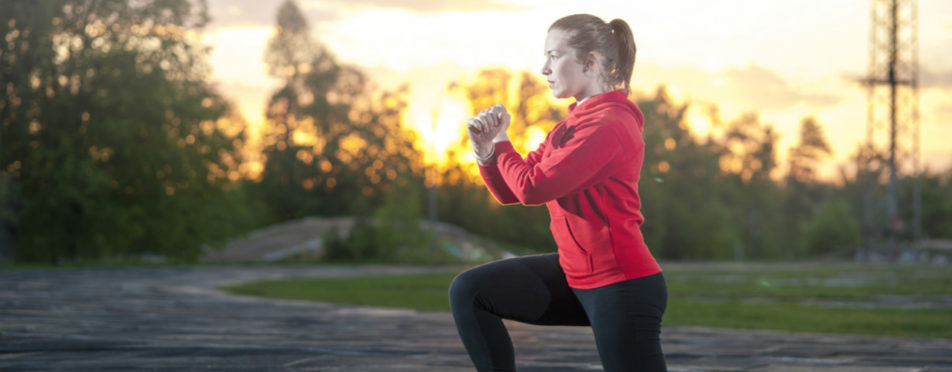Why Does Everyone Have Weak Glutes & What Can You Do About It?
A common problem I encounter with my patients is weakness or inhibition of the large glute max (gluteus maximum) muscle. The glute max is the most powerful muscle in the body, used to create power and propulsion during the gait cycle. It also provides stability to the large pelvis joints and supports the lumbar spine, so it is no wonder when it becomes inhibited that people start to complain of lower back pain or hip and lower limb joint problems.
Why Is the Glute Max So Prone to Laziness & Weakness When It Is Meant to Be Such a Large and Powerful Muscle?
There are a number of reasons why the glute max has a tendency to become weak and lazy. The first one is due to its shape and size. The glute max is what we call a multi-joint muscle which means that it crosses over several joints. The glute max crosses over the sacroiliac joint, the hip joint and into the lower back. When a muscle crosses over several joints like the glute max does, it has a tendency towards inhibition. Smaller muscles that only cross over one joint have more of a tendency to become tight and facilitated. It is unfortunate that large, stabilising muscles tend to become lazy, forcing smaller muscles to do the work for them, creating imbalances that can result in pain or injury.
Another reason why the glute max is so prone to laziness is our lifestyle of sitting for long periods of time from a very young age. The glute fires and engages when we are walking and running but it instantly shuts down when we sit. The fact that we start sitting for many hours a day by the time we are 5 or 6 years old when we start school means that the glute max often starts to become inhibited when we are very young. Sitting also tightens the hip flexor which then starts to take over for the glute and an imbalance will start to get hard-wired into the body. When this goes on for many many years the result is often chronically weak glutes with very tight hip flexors which can result in many different problems such as lower back pain, hip pain, sacroiliac dysfunction and lower limb injuries.
What Can You Do to Maintain Good Glute Max Strength?
If weak glutes is a problem you believe you may suffer from (and there are a lot of people that do) there is certainly a lot that can be done to correct these imbalances and encourage the glute max to fire.
Remain Active
The first and most important one if to maintain an active lifestyle. Remaining active (even if you have an office-based job) by going to the gym or getting out for a walk/run/bike a couple of times a week will break up the repetitive posture of sitting and get your glutes working.
Stretch
Stretching and releasing muscles that are working instead of the glutes is also important. Regular hip flexor stretching is so important for everyone who sits for more than a couple of hours a day. By maintaining good length in the hip flexors it will make them less likely to take over for the glutes.
Activation
There are certain activation exercises that can target the glute max to get it to engage better. Hip bridges and split lunges are great exercises (they can be performed with bodyweight) that are used to specifically target the glutes.
These are some general things that you can do to maintain or restore glute max strength. For more specific diagnosis and treatment getting it assessed by a health professional is a good idea.
If you think you suffer from chronic glute inhibition or have pain or injury associated with glute max weakness feel free to get in touch with my chiropractic clinic for a thorough assessment, treatment and exercise/stretching programme.







